Creating a comfortable and visually interesting living space is what every homeowner aims for. However, achieving this can sometimes be a challenge. One way to create depth and visual interest in your home is through texture. Texture is the perceived surface quality of an object and can be used to create a variety of effects in interior design. In this article, we will explore the role of texture in creating depth and visual interest in your home.
What is Texture?
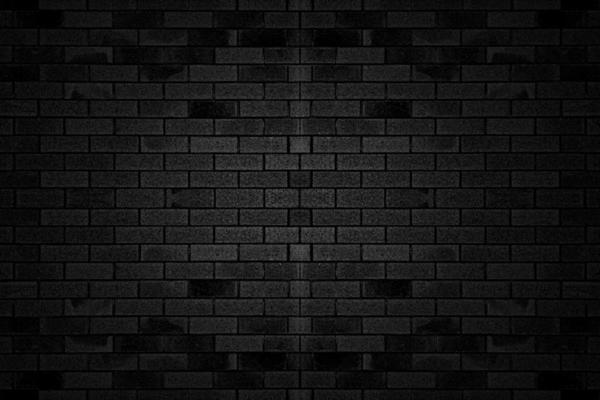
Texture refers to the surface quality of an object and can be tactile or visual. Tactile texture is the physical feel of a surface, while visual texture is the perceived texture of a surface. Visual texture is created through the use of patterns and colors to give the impression of texture. Texture can be rough or smooth, hard or soft, glossy or matte.
Why is Texture Important?
Texture is important in interior design because it adds depth and dimension to a space. It can make a room feel more inviting and comfortable. Texture can also be used to create contrast and balance in a room. For example, a room with smooth surfaces can benefit from the addition of a textured rug or throw pillow to create visual interest.
Using Texture in Your Home
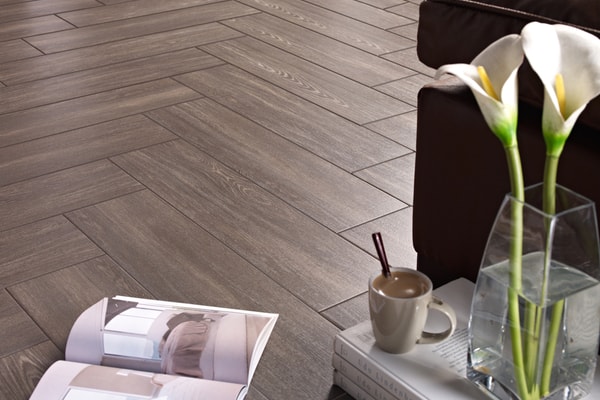
There are many ways to incorporate texture into your home. One popular way is through the use of textiles. Rugs, throw pillows, and curtains can all add texture to a room. Textiles with different textures, such as a shag rug or a velvet pillow, can create a layered effect and add depth to a space.
Another way to add texture is through the use of wall coverings. Wallpaper with a textured finish can add visual interest to a room. Textured paint, such as a faux finish or a stucco effect, can create a tactile texture on walls.
Accessories can also be used to add texture to a room. Decorative objects such as vases, sculptures, and baskets can all add visual interest and texture to a space. Natural elements such as wood, stone, and plants can also add texture to a room.
Texture and Color
Texture can also be used in combination with color to create depth and interest in a room. For example, a room with a neutral color scheme can benefit from the addition of a textured rug in a bold color. This creates a focal point and adds visual interest to the room.
On the other hand, a bold color scheme can benefit from the addition of textured accessories in neutral colors. This creates a balance and prevents the room from feeling overwhelming.
Texture is an important element in interior design and can be used to create depth and visual interest in your home. Whether through the use of textiles, wall coverings, accessories, or natural elements, texture can add a new dimension to your living space. By combining texture with color, you can create a comfortable and visually interesting room that reflects your personal style and taste.

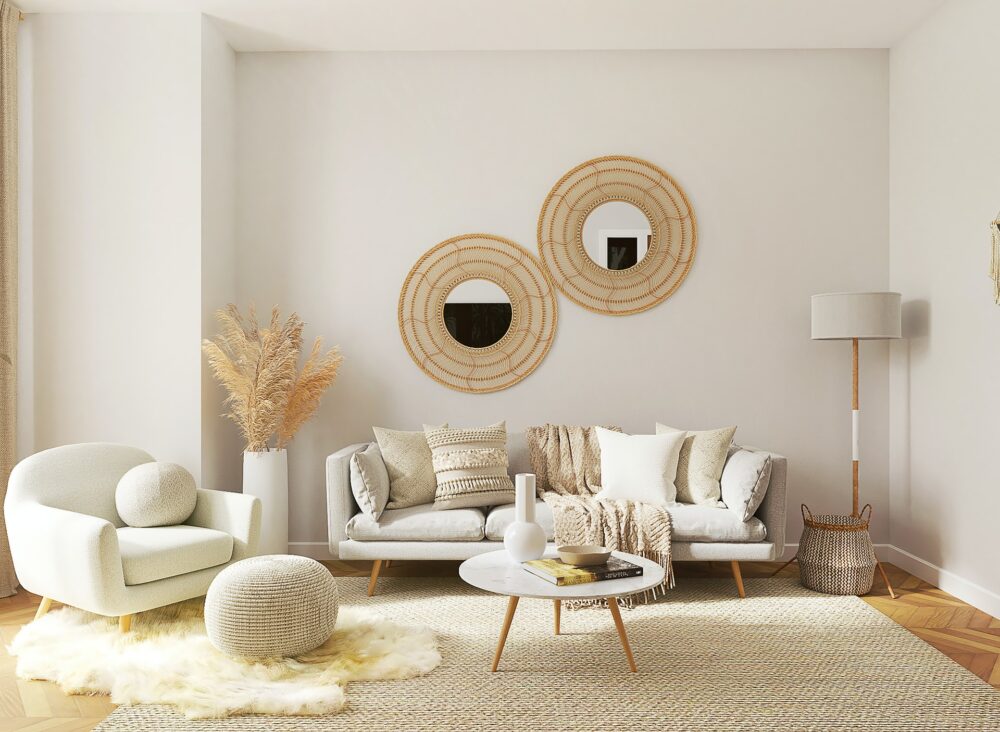

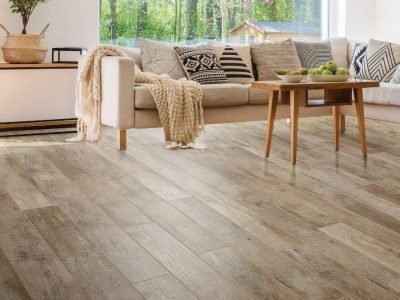

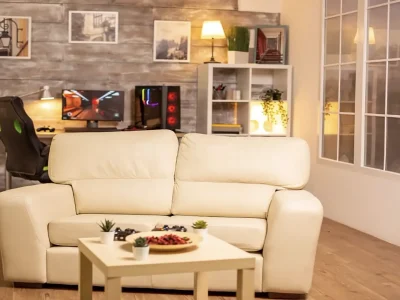

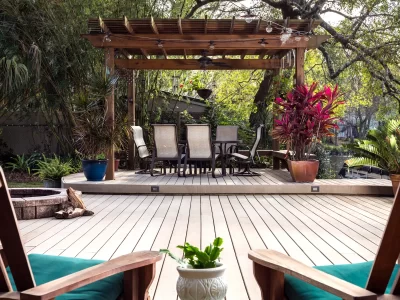


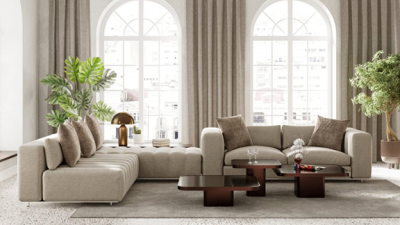


Comments